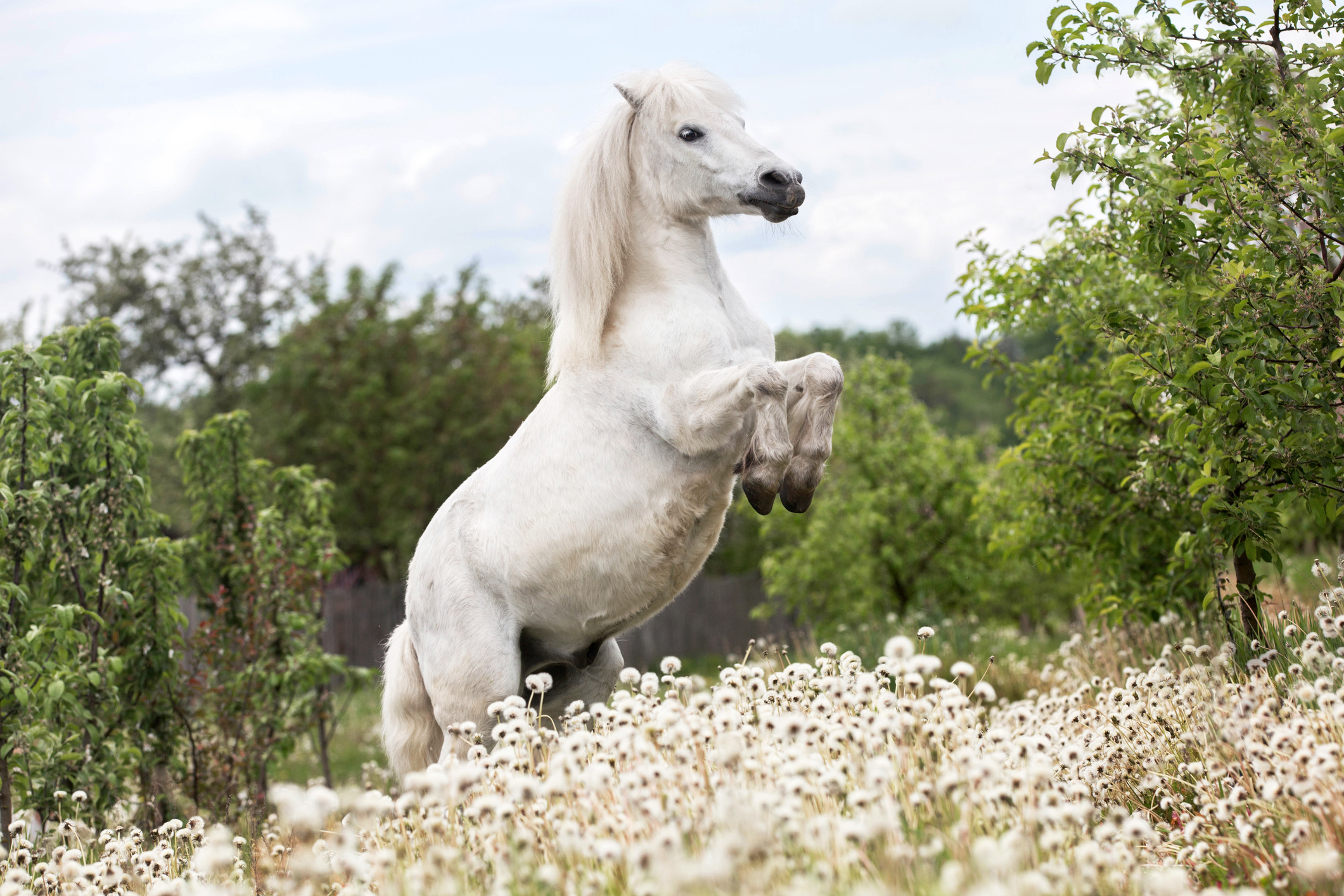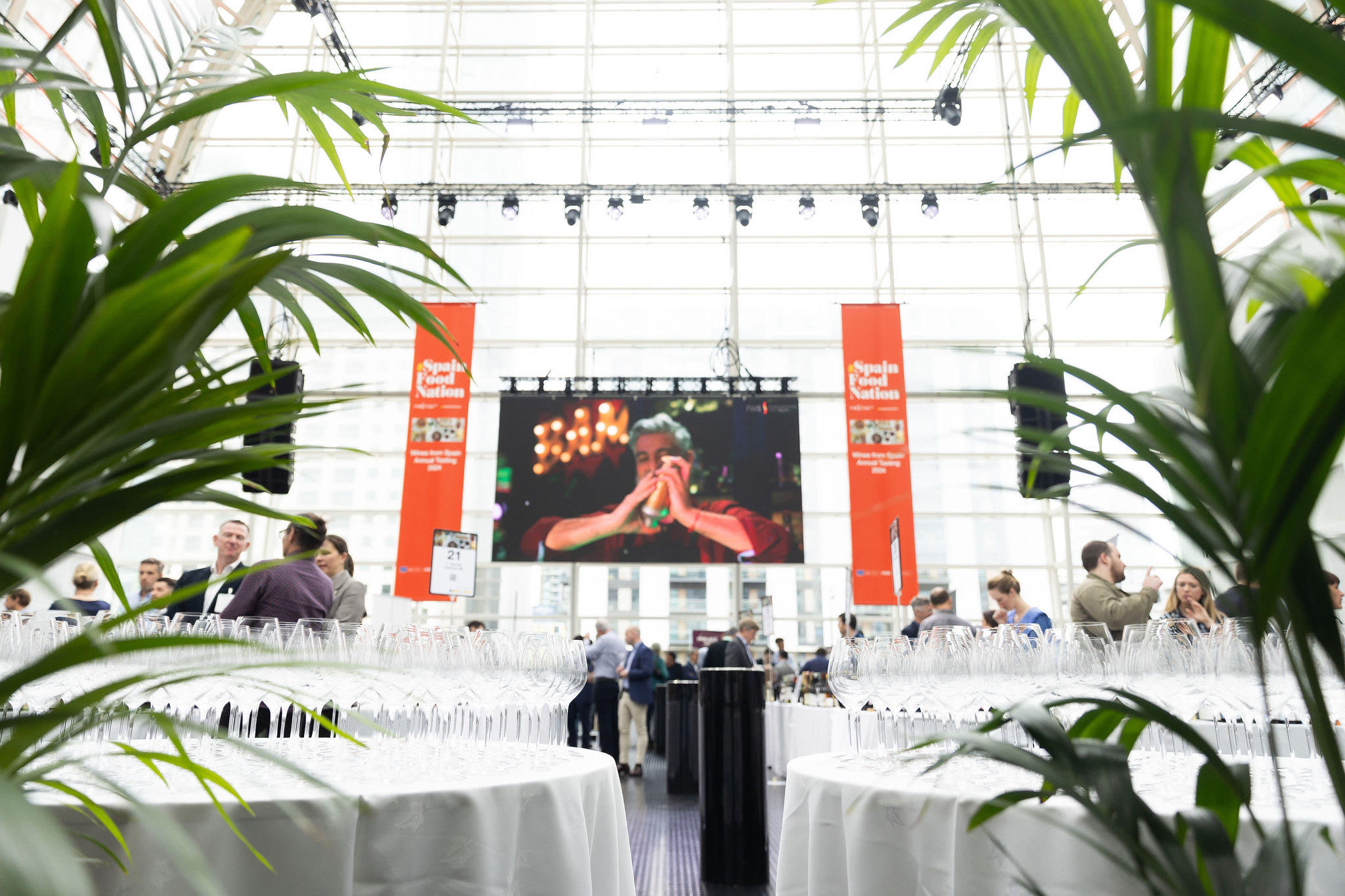Bordeaux 2017: the butcher’s bill
By Rupert MillarThe 2017 harvest in Bordeaux is the smallest in over a decade, with the equivalent of 300 million bottles destroyed due to last year’s frosts but while some appellations were effectively wiped out, a very few enjoyed bumper crops.
Building on his initial look at the state of the vintage late last year, local winemaker and commentator Gavin Quinney has dived further still into the minutiae of the losses both at the macro and appellation level.
With the harvest reports from the region’s 6,500 growers now all submitted, it is clear that the 2017 vintage will be 350 million litres (roughly 467m bottles), 40% down on the (historically large) 2016 – a loss of some 300m bottles. The crop is also 33% smaller than the 10-year average and smaller overall than the 2013 as well.
Yet, as noted by Quinney and others last year, the effects of the frost were very far from uniform and as Quinney noted: “The figures also confirm that 2017 was a year of dramatically mixed fortunes for those viticulteurs, and this was chiefly down to the varying levels of impact of the late spring frost at the end of April 2017.”
As he goes onto say, Pauillac, St Estèphe and St Julien actually managed larger crops in 2017 than the average over the five preceding vintages.
In Pauillac 2017 yields were 46.2 hectolitres per hectare; in St Julien they were 44.3hl/ha and in St Estèphe 49.7hl/ha.
In fact, Pauillac had a historically large crop in 2017, bigger even than the 44.9hl/ha harvested in 2016 and far, far above the 29.8hl/ha from the other severely hit vintage this decade, the 2013.
St-Estèphe too came close to matching its 2016 crop and was comfortably above the lows of the 2013 harvest.
On the other hand, while the news from those three AOC is not disastrous, look anywhere else and the toll is much, much heavier.
For Margaux, Pessac-Leeognan, Saint Emilion’s grands crus and Pomerol, 2017 represents one of the smallest harvests in a decade; the smallest in fact in all but Margaux, with the Right Bank communes especially badly hit.
Partner Content
Move outwards to the communes producing Bordeaux rouge, rosé and blanc, Côtes de Bordeaux, Médoc and Graves and so on and the reports are grimmer still.
Although the Médoc and Graves and Côtes de Bordeaux managed slightly larger crops than in 2013, all the rest are smaller – for Sauternes and Barsac in particular – and they are all, without exception greatly reduced when compared to 2016.
Quinney states: “The pretty Saint Emilion ‘satellite’ appellations, covering close to 4,000 hectares, were nearly two thirds down on 2016. St-Emilion itself comprises two large appellations, St-Emilion Grand Cru and St-Emilion. Combined they were down 56% on the generous 2016 – from around 34 million bottles to less than 15 million.”
Overall, the worst hit communes were: Lalande de Pomerol, St Emilion’s grands crus and satellites such as Montagne and Lussac, Côtes de Castillon, Moulis, Barsac and Sauternes (already covered by the drinks business here).
This is, by its very nature, still a broad overview and actual volumes produced by individual estates within both badly and barely hit AOC are sure to differ considerably.
It is also not a commentary on the quality of the wines being produced, the proof of which is still to come later this spring.
Despite the lucky escape had by a few of the top AOC, which should ensure decent volumes of some leading crus classés for this year’s en primeur campaign (depending on how much they decide to release of course) but it is clear that, more widely, the engine room of Bordeaux has had lumps taken out of it and as Quinney concludes: “For many hundreds of growers, surviving the impact of the frost damage is going to be tough, especially with two low-yield years from the last five. For those châteaux that escaped the worst of the frost, 2017 has turned out rather well. But I sense they won’t be shouting about it out of respect for their neighbours and friends.”
Quinney’s full report can be read on the Liv-ex blog here or Jancis Robinson MW’s site here.




